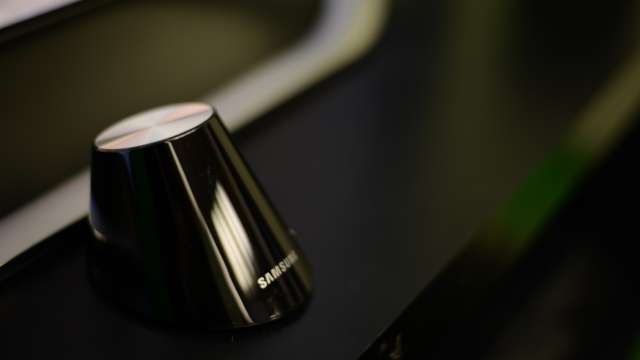Photography enthusiasts all over have one dream when it comes to hardware, and that’s to own a full-frame sensor camera. They’re way more
Photography enthusiasts all over have one dream when it comes to hardware, and that is to own a full-frame sensor camera. They are way more expensive than standard DSLR cameras. A modern full-frame camera designed for professionals sells at over 3 lakh rupees, about 10 times more than a regular DSLR camera. Fortunately, a handful of models break the price barrier. One of them is the Nikon D700, which was launched in 2008. Four years, on a new model, the D800 has been released. We used the D800 for a while and put together a quick hands-on review of the product.
Features and hardware specs
The old D700 came with a 12.3 MP sensor good for its time. Nikon has now bumped it up with the D800 supporting a resolution of 36.3 MP. The resolution is also much greater than that of the D4, but the D4 is in a league of its own, considering its performance and features. The shutter speed is also quite impressive, ranging from 1/8000th of a second down to 30 seconds. The Burst speed mode shoots at 4 frames per second (fps).
The input and output ports on the left side of the Nikon D800
The D800 features many improvements over other cameras. While most DSLRs offer exposure enhancement levels of upto +/-2 EV, the D800 offers +/- 5EV. Unlike the D4, the D800 sports a flash. A separate flash control button lets you choose the kind of flashing, without going through the complicated menus. There are two memory slots; one is an SD card slot, the other a Compact Flash (CF) one. Two things of the D4 you don’t get with the D800 is the smaller lower display and the vertical shutter release.
Design and controls
The D800 isn’t as massive as the D4. One benefit of using the D800 is that is only slightly larger in size than a regular DSLR. The controls are also fewer and using it isn’t very complicated. Not all the aspects of the camera have been picked up from the D700; some components come from the D4.
The controls display on the top
For example, the mode selection is done via the left dial, which is almost identical to the D4. There is a control button and a small dial that can be turned to choose from among the basic shooting modes such as timer, single shot, and burst mode. Four primary controls for the ISO, bracketing, quality settings and white balance can also be found on this dial, at the top as buttons. This means that there is hardly any need to browse through menus to select controls; it can be done in seconds. The eyepiece on the camera appears massive. A small slider dial lets you put on a protective cover over the eyepiece.
User interface
The large screen has a good resolution. There are plenty of menus and options visible on the screen. Existing Nikon DSLR users won’t find it difficult to get used to the interface and controls. There are a few unique options, though. For example, users can choose to shoot at FX or at cropped regions of 1.2x and 1.5x. There is also a 5:4 aspect ratio option. A Vignette control is present. An Auto distortion control helps reduce warping of images.
The large screen and simple controls layout
There are not many controls and features for video recording. Users can choose the resolution, frame rate, frame quality, and the memory card in which you’d like to dump them. This means that you won’t risk running out of space while shooting photos or videos in quick succession. The organization of media can be simplified too. The Manage Picture Control option lets you modify existing shooting presets and save those as separate custom presets.
Performance
The D800 is very fast. Focussing takes no more than half a second in almost all conditions, indoors and outdoors. A quick focus button helps you focus without having to half press the shutter release button. We received the camera with a Nikon 50 mm AF-S lens, which supports autofocus.
Sample photo shot indoors with little light
It has a really wide aperture of F/1.8, which boosts the performance in low lighting conditions. Image quality is great, colours are natural. Low-light performance is impressive.
Another example of low-light photography
Verdict
The D800 sample we received, came with a 50mm lens
The D800 is a worthy successor to the D700, but it's costlier as well. The body, for example, sells at a price of Rs. 149,950 in India. If you're looking for a somewhat affordable full-frame DSLR, then the D800 is for you. We hope to take a closer look at the D800 in the near future, when we do a more thorough review of the product.







0 comments:
Post a Comment